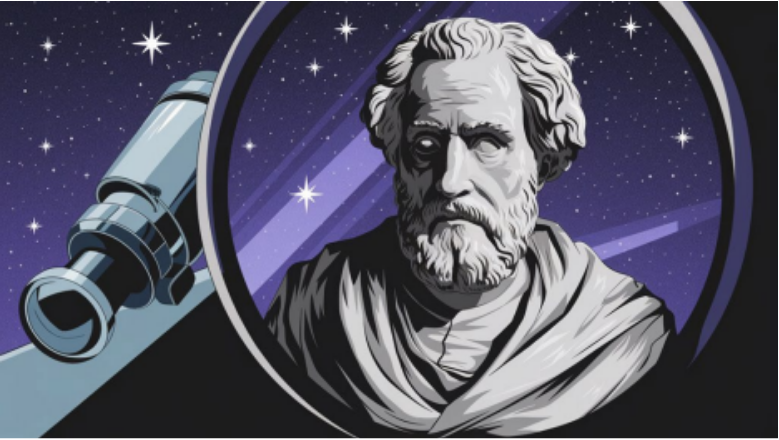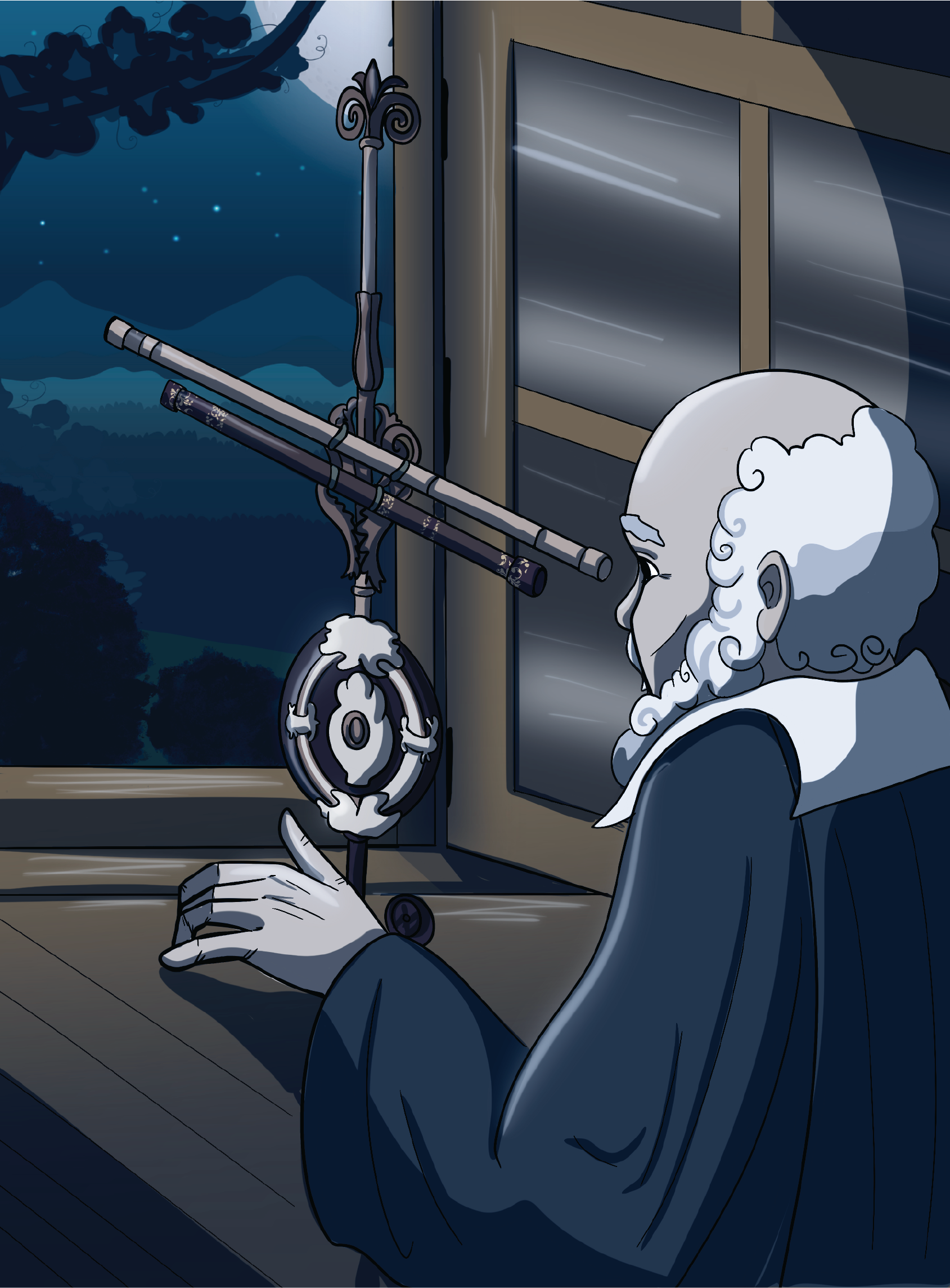Galileo’s enduring legacy doesn’t rest solely on his astronomical discoveries but extends into the very fabric of modern scientific thinking. His revolutionary approach, combining mathematical precision with empirical observation, challenged medieval philosophy’s reliance on pure reasoning and ancient texts. Today’s scientists continue to build upon his foundational principles, which demonstrate how careful measurement and reproducible experimentation reveal nature’s underlying truths, principles that prove increasingly vital as humanity confronts unprecedented global challenges.
The Birth of Evidence-Based Science

While medieval scholars relied heavily on ancient philosophical texts for understanding nature, Galileo Galilei revolutionized scientific inquiry by establishing a rigorous methodology based on mathematical analysis and empirical observation.
Through systematic experimentation with pendulums and inclined planes, he demonstrated that scientific truth emerges from careful measurement and reproducible results rather than appeals to authority.
Galileo’s experiments proved that measurable evidence, not ancient wisdom, was the true path to understanding nature’s laws.
This methodological transformation established foundational practices still central to modern science, including the precise documentation of observations, mathematical modeling of physical phenomena, and validation through controlled experiments.
His work with falling objects and projectile motion exemplified how natural phenomena could be understood through quantitative analysis and empirical testing, creating a framework that would later enable Newton’s mathematical physics and the broader Scientific Revolution. His publication of The Assayer in 1623 further emphasized his revolutionary view that mathematics was the true language of nature.
Challenger of Ancient Authority
Galileo’s revolutionary scientific methodology brought him into direct conflict with the established authorities of his time, particularly the Catholic Church and its steadfast defense of Aristotelian natural philosophy.
His empirical observations and mathematical analyses challenged centuries of dogmatic thinking, leading to severe consequences:
- The Roman Inquisition condemned his promotion of Copernican heliocentrism
- His groundbreaking work Dialogue Concerning the Two Chief World Systems drew papal condemnation
- Church authorities forced him to recant his scientific findings under threat
- He spent his final years under house arrest, restricted from publishing further works
Through telescopic observations and systematic experimentation, Galileo demonstrated that traditional authorities could be questioned through careful observation and mathematical analysis.
His methodical approach to understanding natural phenomena established a framework for modern scientific inquiry, despite significant institutional resistance.
His discoveries of Jupiter’s four moons in 1609 provided crucial evidence supporting the Copernican model of the universe.
Revolutionary Astronomical Discoveries
Through meticulous telescopic observations conducted between 1609 and 1610, revolutionary astronomical discoveries transformed humanity’s understanding of the cosmos and definitively challenged the geocentric worldview.
Galileo’s systematic observation of Jupiter revealed four moons orbiting the giant planet, demonstrating that not all celestial bodies revolved around Earth. His detailed studies of Venus’s phases provided compelling evidence for the Copernican model, while his examination of the Moon’s surface features, including mountains and craters, contradicted Aristotelian doctrine of perfect celestial spheres.
Perhaps most notably, his resolution of the Milky Way into countless individual stars expanded humanity’s conception of the universe’s vastness, while his methodical documentation of sunspots challenged the notion of an immutable heaven. Using his
improved telescope designs that reached up to 30× magnification. Galileo achieved unprecedented views of celestial objects that previous astronomers could only dream of seeing.
Mathematics as Nature’s Language
In a profound declaration that would reshape scientific thought, the assertion that “Nature is written in the language of mathematics” emerged from Galileo’s 1623 letter to Grand Duchess Christina, marking a revolutionary shift in how scholars approached natural phenomena.
This metaphor, grounded in medieval theology’s “two books” framework, elevated mathematical analysis as the universal key to understanding natural laws.
Galileo’s mathematical perspective transformed scientific inquiry through: 1. Challenging Aristotle’s qualitative physics with quantitative, empirical methods 2. Establishing mathematics as a source of necessary, objective truths 3. Integrating mathematical reasoning with theological understanding 4. Validating experimental approaches to scientific investigation
This synthesis of mathematics and natural philosophy laid essential groundwork for modern scientific methodology, though critics note it shouldn’t overshadow other valuable modes of inquiry.
Scientific Tools and Innovation
While many scholars advanced scientific understanding through theoretical work, the practical innovations in scientific tools and instruments fundamentally transformed how researchers could study natural phenomena during the Renaissance period.
Galileo’s improvements to the telescope, advancing from 3x to 30x magnification, revolutionized astronomical observation and enabled groundbreaking discoveries of Jupiter’s moons, lunar craters, and the phases of Venus.
His mechanical innovations extended beyond optics to include the development of a calculating instrument and the theoretical design of the pendulum clock escapement mechanism.
Through these technological achievements, Galileo established a new paradigm for scientific investigation that emphasized precise measurement and empirical observation, while his methodical documentation and publication of findings through works like Starry Messenger helped disseminate this revolutionary approach throughout Europe’s scientific community.
The Price of Scientific Truth
Despite his groundbreaking contributions to science, Galileo’s unwavering pursuit of empirical truth extracted a devastating personal and professional toll, culminating in his 1633 trial before the Roman Inquisition.
The Catholic Church’s systematic suppression of heliocentrism created an environment where scientific inquiry collided with religious doctrine, forcing many scholars to self censor or risk persecution.
The consequences of challenging established orthodoxy included:
- Permanent prohibition of Copernican works
- Institutional resistance within universities
- Professional isolation from academic circles
- Lifelong house arrest and public silencing
This period of intellectual repression fundamentally altered the relationship between science and religious authority, establishing a precedent that would influence academic discourse for centuries.
The Church’s control over universities and scholarly institutions effectively delayed the widespread acceptance of heliocentric theory until the 18th century.
From Galileo to Modern Physics
As scientific understanding evolved through the centuries following Galileo’s groundbreaking work, his methodological foundations proved essential in shaping modern physics’ experimental approach and theoretical frameworks.
His emphasis on empirical observation and mathematical relationships established the blueprint that Newton would later use to develop universal gravitation principles, while his law of inertia laid vital groundwork for Einstein’s revolutionary theories.
Galileo’s empirical methods and mathematical frameworks paved the way for Newton’s gravitational theories and Einstein’s revolutionary physics.
Galileo’s integration of experimental evidence with mathematical descriptions continues to influence contemporary physics, from his pioneering use of acceleration-time graphs to his unified treatment of mechanics.
His method of simplifying complex phenomena through controlled experiments, such as his inclined plane studies, remains fundamental to modern scientific inquiry, while his astronomical discoveries using the telescope demonstrated how technological innovation could advance theoretical understanding.
Shaping the Scientific Method
Through his revolutionary approach to scientific investigation, Galileo established foundational principles that would ultimately define the modern scientific method. His systematic framework fundamentally transformed how we pursue scientific knowledge, creating a methodology that continues to shape research across disciplines.
Four key innovations that revolutionized scientific inquiry:
- Integration of mathematical modeling with empirical observation 2. Development of controlled experimentation protocols
- Emphasis on quantitative measurement over qualitative description 4. Insistence on repeatable results and peer verification
This methodological foundation challenged the prevailing reliance on philosophical argument and ancient authorities, replacing it with a rigorous system of mathematical analysis and experimental validation.
His approach demonstrated that natural phenomena could be understood through careful measurement, systematic observation, and mathematical reasoning, establishing the cornerstone of modern scientific investigation.
His Impact on Modern Skepticism
While Galileo’s methodological innovations transformed scientific inquiry, his greatest legacy may be his profound influence on modern skepticism and critical thinking. His emphasis on evidence-based reasoning, rather than reliance on authority or tradition, established a framework for distinguishing genuine scientific skepticism from belief-based denial that remains relevant today.
Galileo’s confrontation with institutional resistance demonstrates how vested interests often oppose scientific findings that challenge established paradigms. This pattern continues in contemporary debates, where economic and ideological motivations frequently drive the rejection of empirical evidence, particularly in areas like climate science.
His insistence on falsifiable hypotheses and empirical testing created a template for evaluating scientific claims that transcends historical context, providing an enduring model for addressing modern scientific controversies through systematic observation and logical analysis.
Conclusion
Galileo’s enduring influence on modern science transcends his astronomical discoveries, as his insistence on empirical evidence and mathematical precision continues to shape contemporary research methodology. While he paid a heavy price for challenging established doctrines, his commitment to observable truth and systematic investigation
has become the foundation of scientific inquiry. Today’s researchers still draw inspiration from his analytical approach, making his legacy as relevant as ever in addressing complex global challenges.


